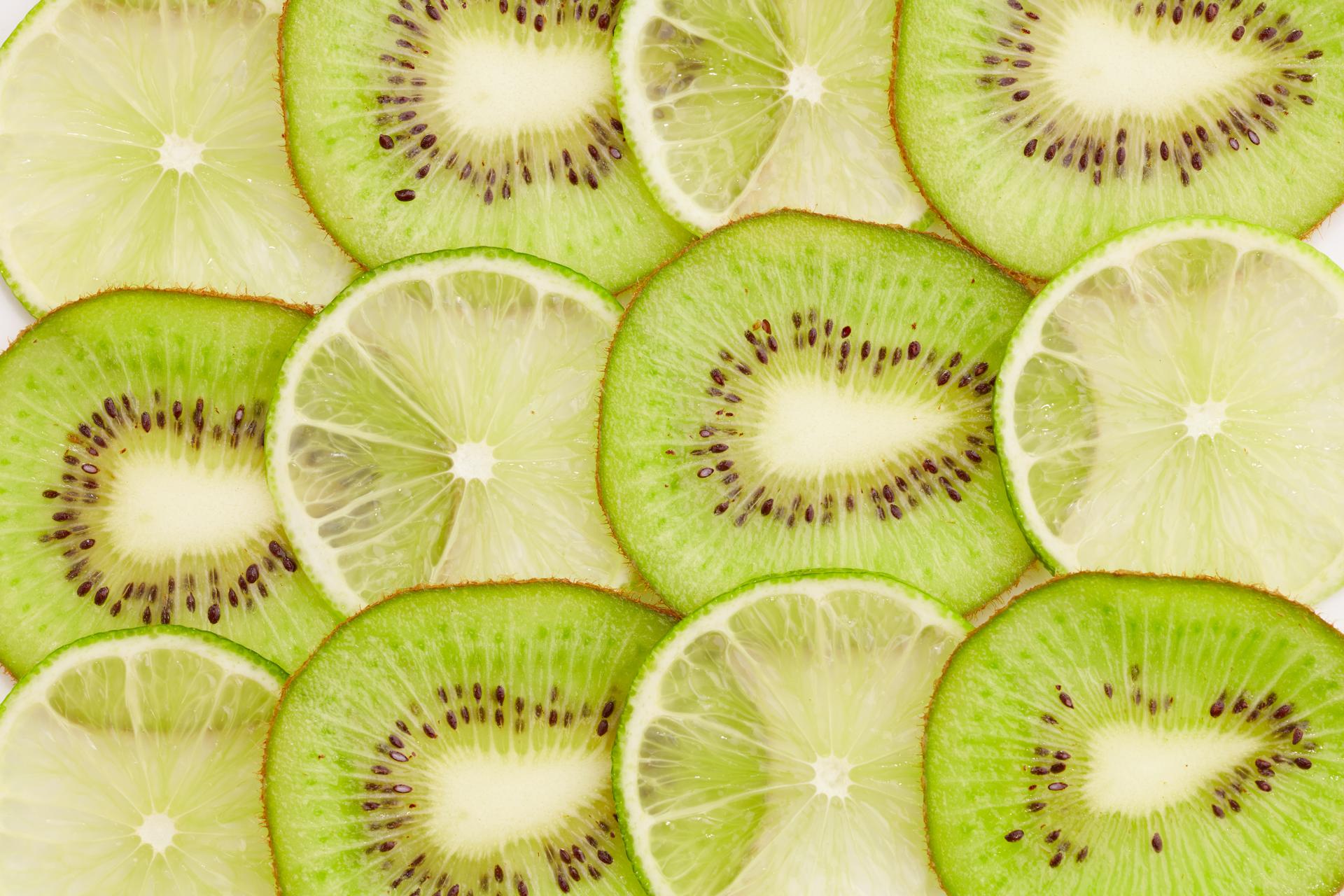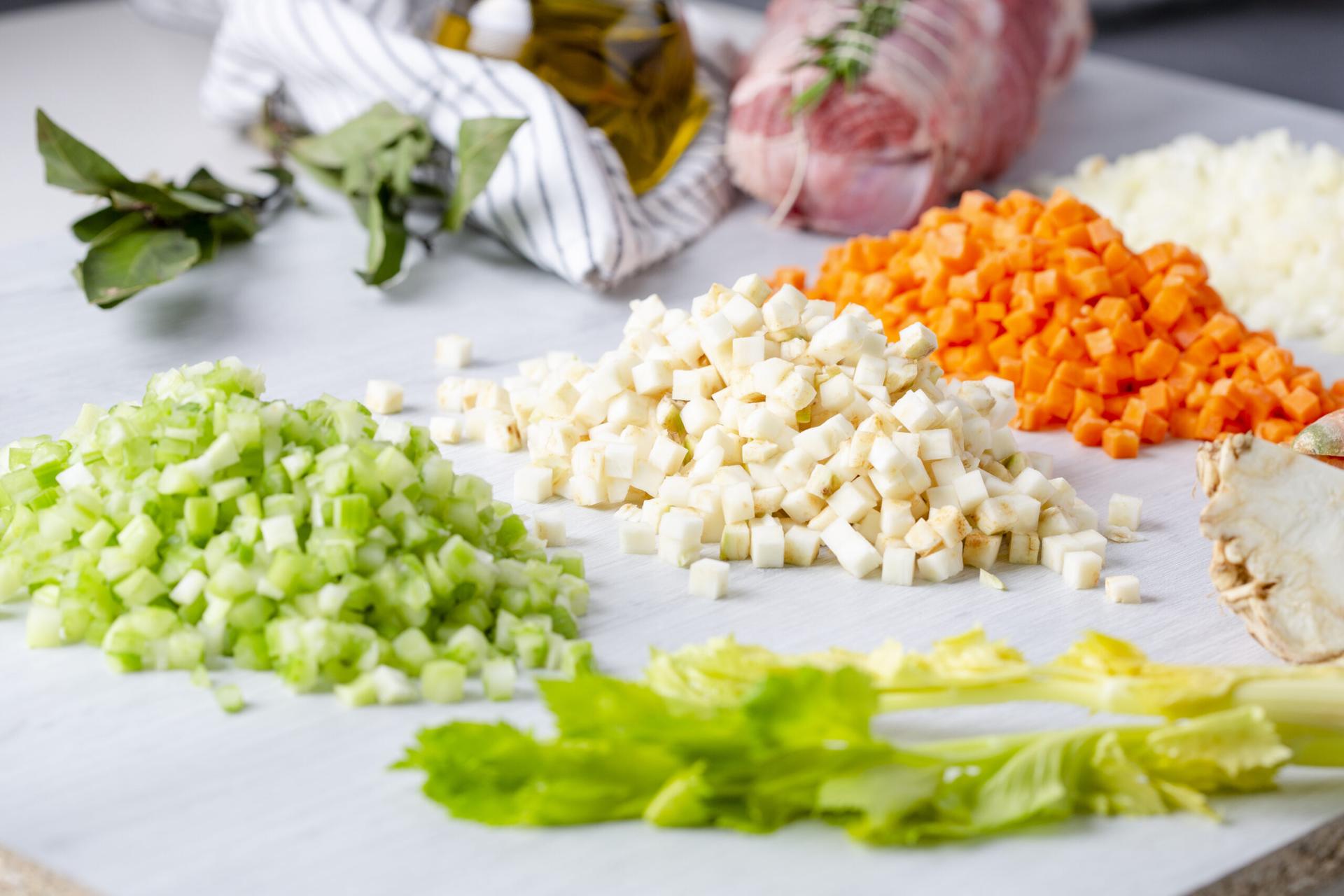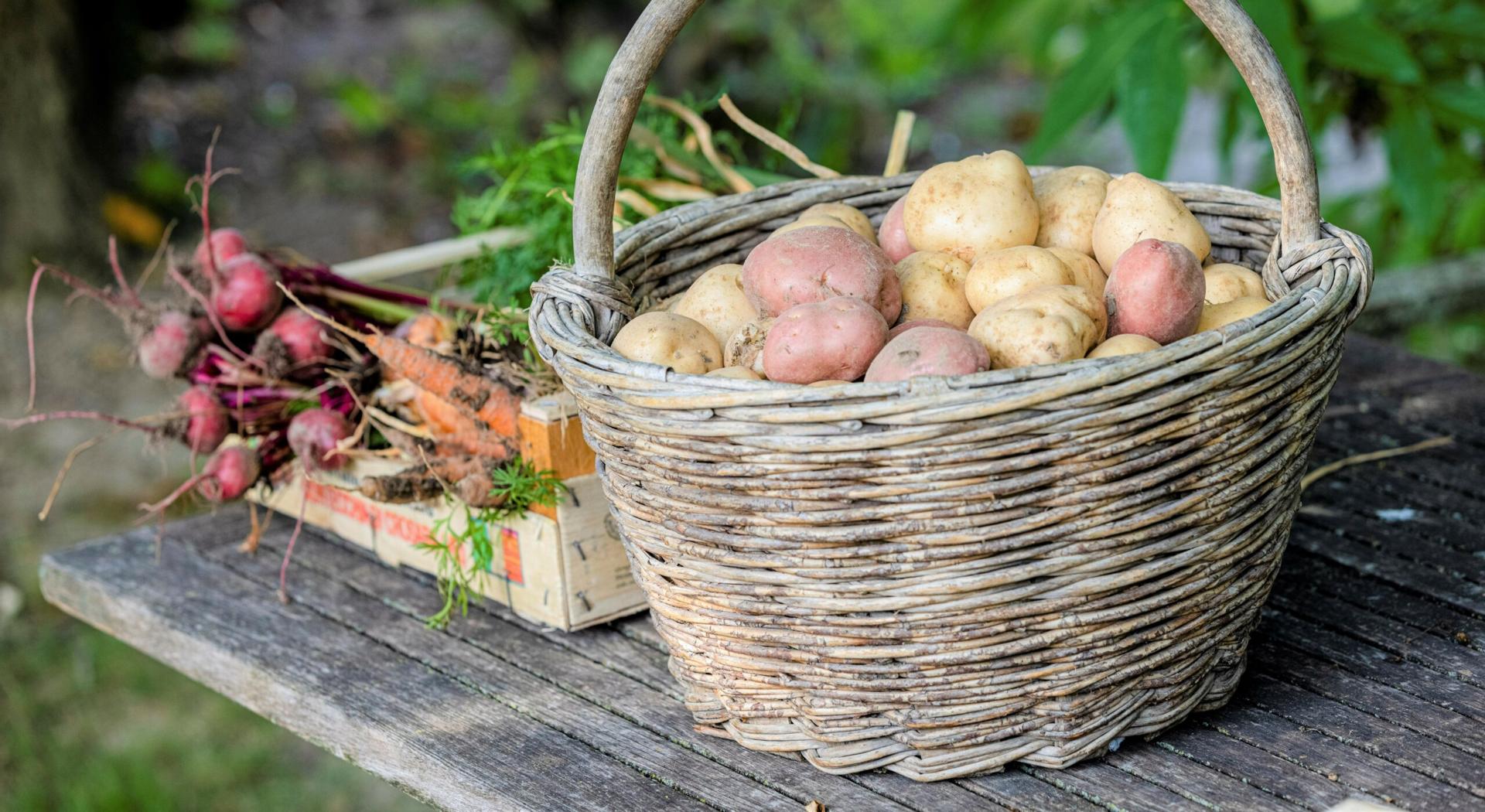
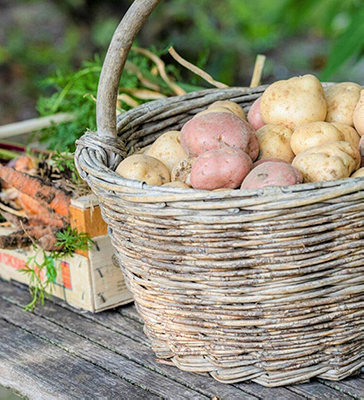
Locavorism: why focus on local products?
Becoming a locavore: a gesture far from trivial and truly virtuous. Not convinced? The proof in 4 points on the benefits of short circuits!
Local products are more environmentally friendly
When choosing your fruits, vegetables or poultry, bet on local and seasonal products, which require little (if any) transport to reach your cooking pots. Lemon, melon, asparagus, lamb, goat cheese: depending on the region where you are, you will surely find delicious local specialties to put on your menu. Also note that to reduce your ecological footprint, the ideal is to bet on raw products, requiring little or no packaging. An ecological kitchen is indeed above all a kitchen that uses products as they are, naturally and not or little processed.
They are cheaper
Fruits, vegetables and other local products are often less expensive when they have grown or have been produced close to the point of sale. The best is to buy them directly from the producer. This saves on transport costs by truck (or worse by plane), which are automatically passed on to the price per kilo.
They are fresher
Local products did not travel for long hours or days. They are always fresher than those that come from the other side of Europe or the world and therefore tastier. Freshly picked fruits and vegetables are yours!
They support the local economy
Buying local, if possible directly, is finally an excellent way to support local producers and contribute to the valorization of their work as well as a fairer remuneration. By buying products from your region, you become an actor of change, towards a fairer and greener economy. A nice program in perspective.
LAST NEWS



Food delivery: a growing trend
350 million meals were delivered in France in 2020 compared to 250 million in 2019*. Deliveroo's IPO in London last year hit the nail on the head: food delivery platforms are on the rise more than ever. A strong trend that should continue to grow in the coming years.
A booming sector
In a context where we have little time to cook on a daily basis, meal delivery has a bright future ahead. Many restaurateurs outsource their delivery system through third-party delivery platforms like Uber Eats, although some set up their own service through their website. According to a survey conducted by Statista, the volume of the online meal delivery market will grow by 6.36% per year on average by 2024 and will represent by this time more than 182 billion dollars worldwide.
Promising niches
In particular, several sectors seem to be able to do well in the coming years, including breakfast, a time of day that represents significant potential, the niche representing only 15% of deliveries per hour. Other interesting niches: the delivery of small high-end dishes. In Paris, Deliveroo has already successfully collaborated with Michelin-starred chefs such as Hélène Darroze and Amandine Chaignot. Uber Eats offers dishes by Marc Veyrat and Anne-Sophie Pic. A real small revolution in the world of luxury. Packed lunches for delivery finally seem to be always successful: Hello Fresh allows, for example, to make meals in about thirty minutes, thanks to the home delivery of a box containing the right amount of ingredients. However, positioning in these sectors remains complicated, as major players are already present on the market.
* Source Statista
LAST NEWS

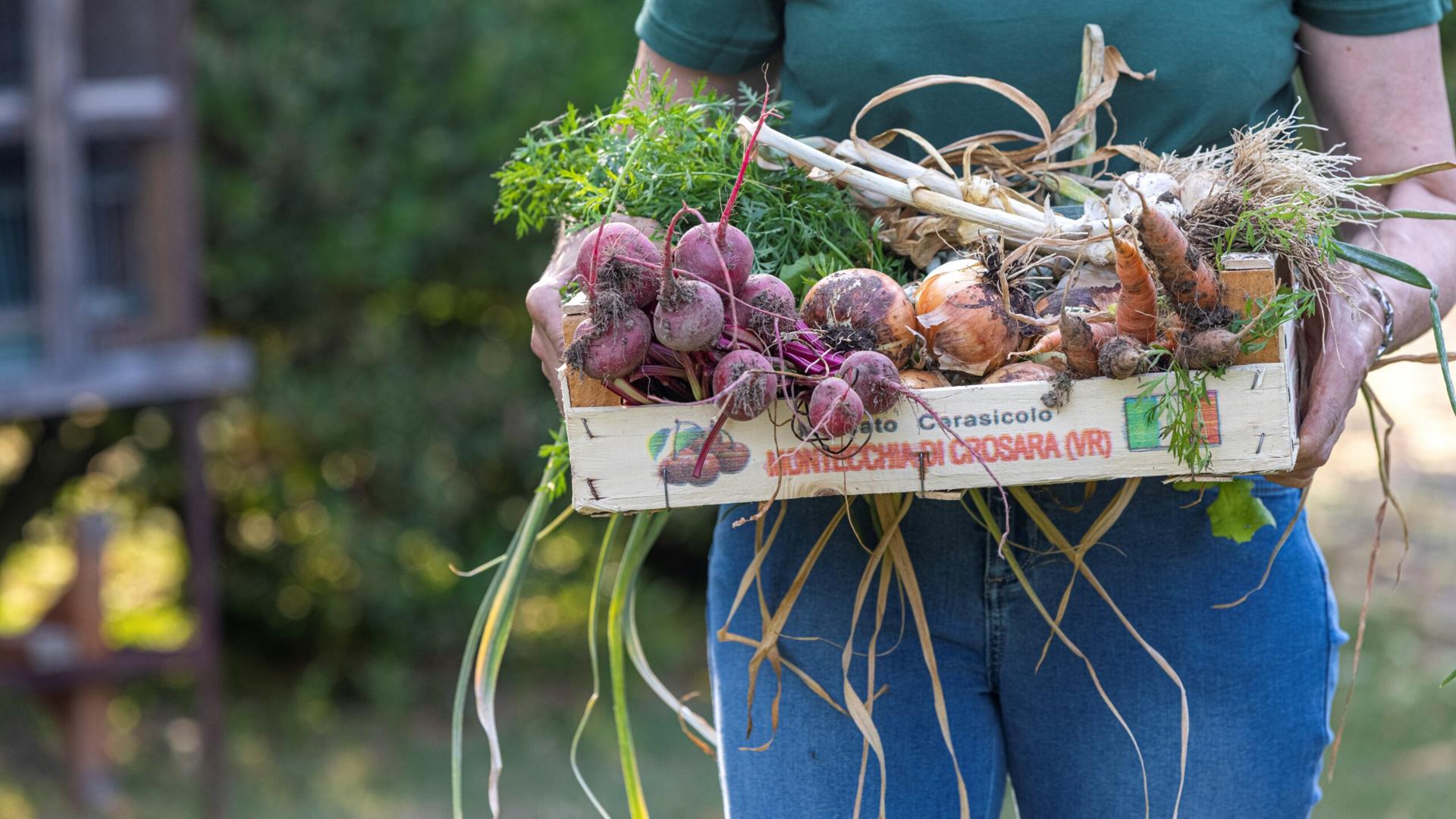
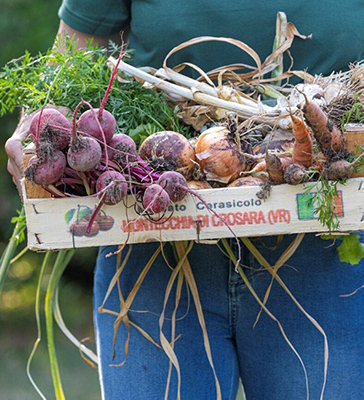
The future of food: what catering will serve in 2035
Decade after decade, food evolved. So, what will be the big changes of tomorrow and what will we put on the plates between now and 2035? Here are some foods for thought, according to a study conducted by Vigie Alimentation
The rise of snacking
The snacking sector has the wind in its sails. And if in France, the main meals (breakfast, lunch and dinner) remain the norm, snacks are gradually imposed, especially in the middle of the day. With teleworking and increasingly frantic rhythms, many are indeed looking for a quick alternative to a real meal, mainly at lunchtime, convenience and speed remaining the key words. Sandwiches, burgers, pizzas and tacos taken on the go have a bright future ahead of them. The healthy version of snacking should also see its offer increase, the trend “food as a medicine” having more than ever the coast.
More natural and vegetal
A good diet for good health: this is a concept which we have not finished talking about. In 2035, it is therefore a safe bet that the trend will be more relevant than ever with an increasingly rich and wide offer of healthy and balanced dishes. Plants will also be in the spotlight, with plant-based products to offer ecological and healthy alternatives to animal proteins. Locavore consumption also continues to rise, as does the personalization of nutrition with the emergence of recommendations and food products that meet particular needs or pathologies.
Towards an increase in deliveries
Food delivery is expected to intensify in the coming years. Getting your food served directly in the office or at home should therefore develop and with this trend, delivery, via drones and autonomous vehicles. The world of delivery could also be associated with the world of subscription, with an offer for customers allowing them to benefit from commercial advantages and new experiences for a subscription.
Source: Food Watch 2022 study
LAST NEWS

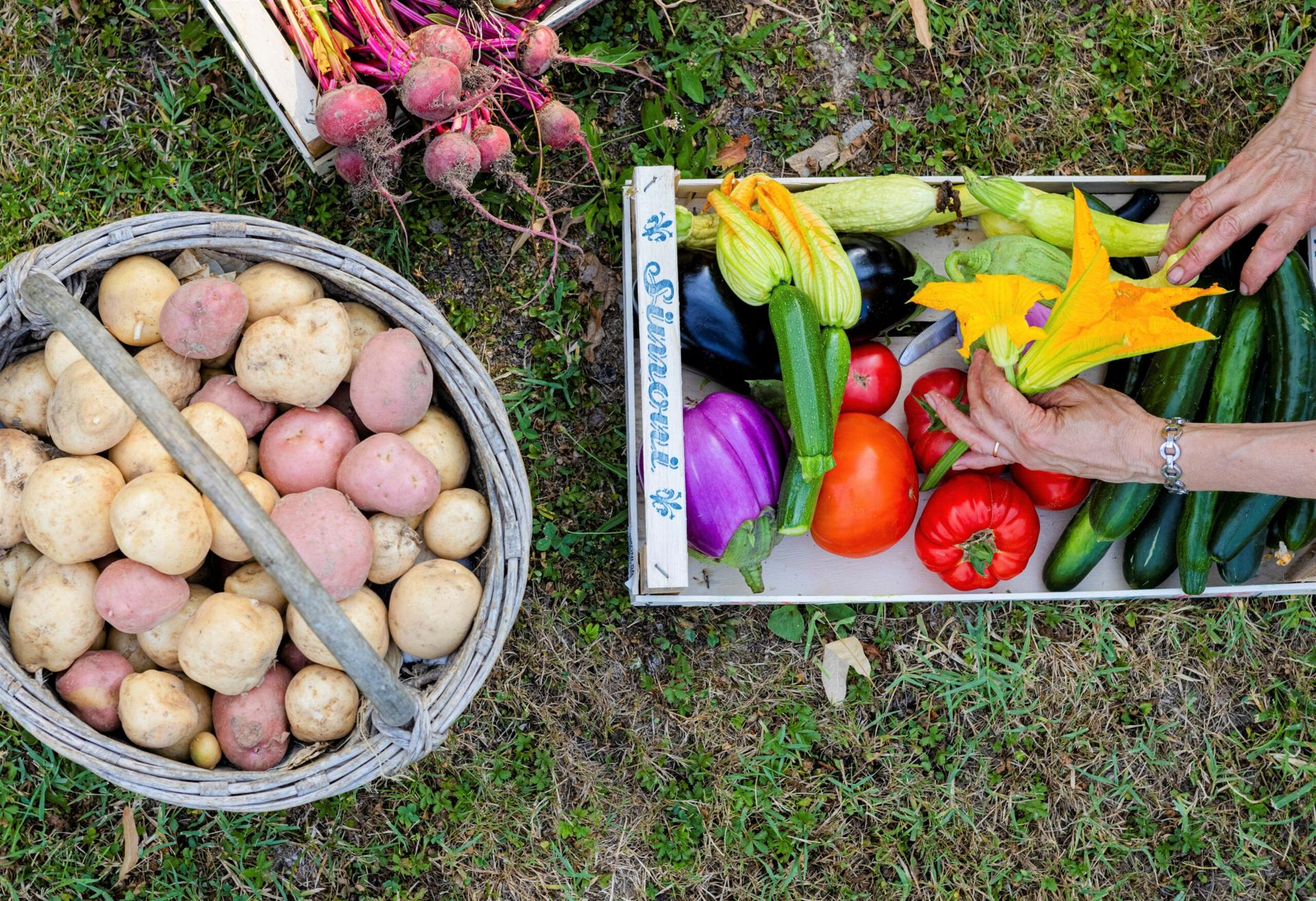
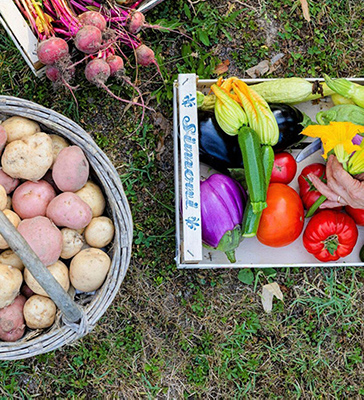
Fruits and vegetables: why are they good for your health?
You know the saying: to be healthy, it is important to consume 5 servings of fruits and vegetables every day. But what are their virtues and why is it important to put them on the plates daily? We will enlight you.
They are rich in nutrients
Fruits and vegetables contain many vitamins, essential to be in shape, including vitamin C, both anti-infectious and antioxidant. They are also rich in carotenoids, vitamin E, polyphenols and minerals. This is why it is essential to consume it every day, at all ages of life!
They are waterlogged
Fruits and vegetables are also rich in water which, added to drinking water, contributes to a good hydration of the body. Their richness in water also allows them to reduce their caloric amount, making them naturally low in calories.
They contain fiber
Most fruits and vegetables are high in fiber. Fiber is essential for a balanced diet: it promotes good intestinal transit and helps avoid small snacks by increasing satiety. A diet rich in fiber also helps prevent the onset of diabetes and helps control blood sugar by limiting the absorption of sugars by the body. The champions of fibers? Leeks, prunes and celery stalks.
They help maintain a good acid-base balance
Daily consumption of fruits and vegetables help maintain the body’s acid-base balance. Plants are alkaline: they promote the maintenance of the pH of our body at a correct level (ideally between 7 and 7.5) and thus prevent our body from being too acidic load, causing diseases and disorders of the body (chronic joint pain, fatigue, osteoporosis, skin problems …).
The right idea: bet on raw fruits and vegetables
Fruits and vegetables are particularly fragile: cooking alters their nutritional quality. To benefit from all the virtues of fruits and vegetables, the ideal is to consume them raw, a large part of the vitamins being destroyed during cooking. For example, you can prepare them grated or minced, in a salad, or in juice. Otherwise, the mildest cooking method is steaming, which best preserves the vitamin potential of fresh vegetables. Quick wok cooking also promotes the preservation of micronutrients.
To enjoy the benefits of plants, it is also recommended to consume them quickly after purchase: air, light or a long a stay in the refrigerator can indeed make them lose some of their vitamins. Finally, preserving fruits and vegetables is important for the preservation of nutrients. Vacuum-packing cut vegetables is a great option.
LAST NEWS

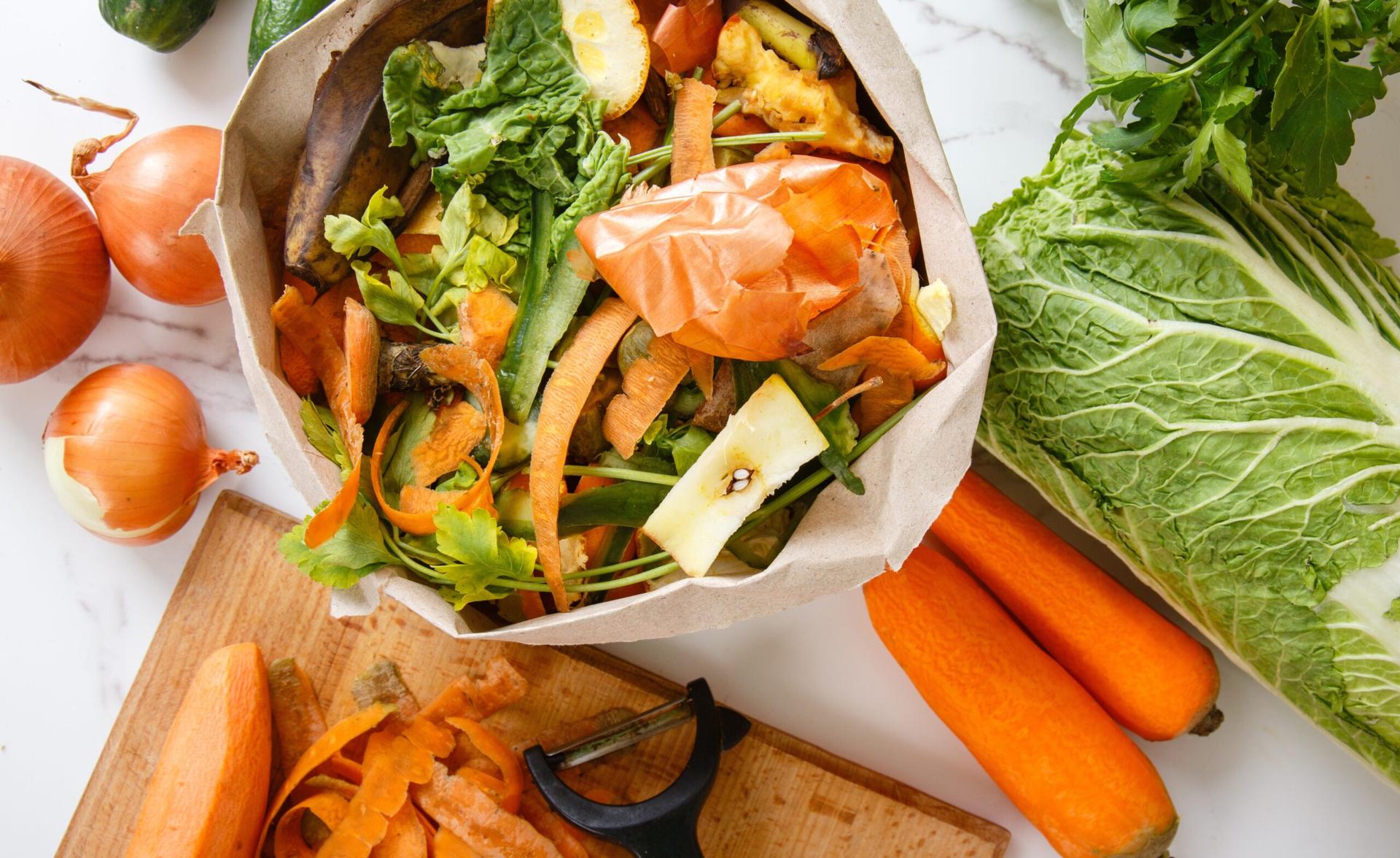
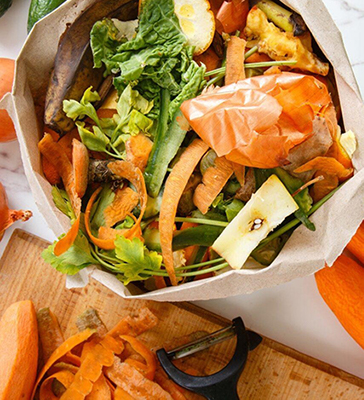
Anti-waste tips: how to fight against food waste?
Did you know that a third of food destined for consumption is thrown away each year in the world*? So how can such unnecessary losses be avoided? With good reflections, it is possible to avoid food waste. Here are our smart ideas for throwing away less and adopting more responsible and economical food consumption.
Make accurate lists
Before buying the necessary ingredients for your menu, remember to write a precise list of what you need, going to the essentials. Be as specific as possible to avoid unnecessary purchases. Finally, check your stocks.
Be precise in your quantities
If you need 2 kg of carrots and 3 kg of chicken breasts, no need to increase the quantities. When it comes time to stock up, buy precisely what you need. The goal: to better control your costs and avoid leftovers lying around in the fridge for several days before ending up (almost) inevitably on the bottom of the trash. Also favor bulk when possible, in order to buy the right quantity.
Keep the leaves and Tufts of vegetables
Tufts of carrots or of leeks: do not throw them away! The correct action: keep them to make delicious little anti-waste dishes. For example, add the tops to a velouté or the stalks of new onions to an omelet. The peelings can also be used to make chips.
Recycle leftovers
Do you have any meat left? Why not chop it? You can prepare dumplings or stuffed tomatoes in a few minutes. Leftover vegetables and fruits can be added to a pie or cake, perfect for avoiding waste. Also think of sauces with vegetable coulis. As for leftover cheese, prepare them in the form of a soufflé, on toast grilled in the oven, in small puff pastries, in fondue or why not in a quiche. It’s up to you!
*Source: Food and Agriculture Organization of the United Nations. www.fao.org
LAST NEWS

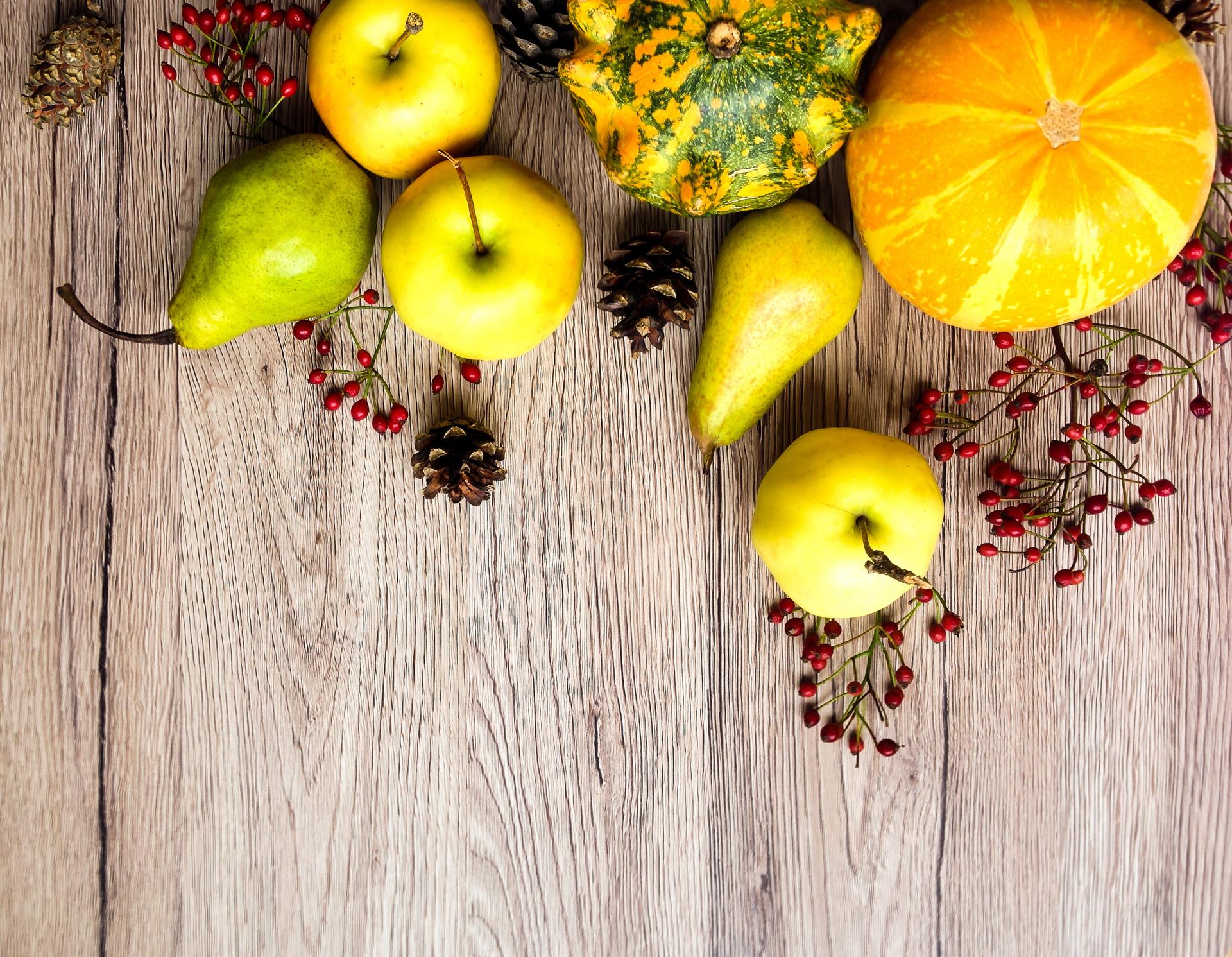
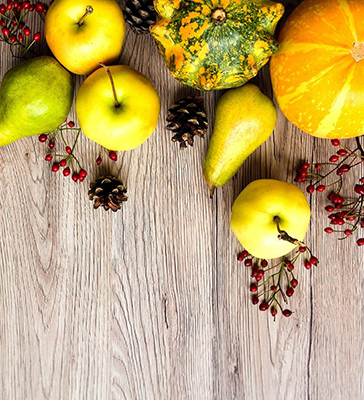
Winter fruits and vegetables go into the kitchen!
Want to use seasonal products? Fill market stalls with colors and vitamins and zoom in on winter fruits and vegetables? Apple, pear, lemon, kiwi, dive: infinite plants to cook!
The apple
From Reinette to Golden or Granny Smith: there are hundreds of different varieties of apples, each with a very particular flavor. Choose them firm, with smooth and shiny skin, neither wilted nor soft. The apple can be used raw to make juices (using a juicer) or diced and integrated into a fruit salad or cake. It is also delicious whole baked with butter, gin, sugar, jam or grated coconut and sliced almonds.
Lemon
With its particular tangy flavor, the lemon has no rival when it comes to boosting the flavor of fish and other fruit salads. Its juice can also be used to cook the flesh of fish in the case of marinades, carpaccio and other tartars. You can also do it candied, add it in a tagine recipe, use only the zest and or squeeze it to make a lemon meringue pie. Finally, use it to prevent your fruits from darkening such as apples, pears, bananas, avocados: a few drops on cut fruit will prevent oxidation.
The pear
Delicious pear with its inimitable fragrance! Choose it firm and if it starts to get damaged, do not throw it away. Instead, cut it into quarters to make papillotes, with some red fruits and a cinnamon stick. And why not roasted pears with spices? We also like pear in charlotte, with chocolate or in a savory pie with gorgonzola.
Kiwi
Juicy and sweet with its tangy touch, the kiwi is perfect for making smoothies, juices, winter fruit pies or colorful bowls. Great also for vitamin salads: it works wonders for example with a salmon carpaccio or a chicken salad. Its flavor lends itself to many original uses.
Orange
Choose firm, heavy fruits with smooth, shiny skin. Among the flagship recipes we have: orange salad with cinnamon, savarin or Grand Marnier soufflé. Also, the peel can be delicious in organettes-style, dipped in bitter dark chocolate or rolled in crystal sugar. Then opt for organic or untreated oranges, to avoid the ingestion of chemicals sprayed on the surface. Finally, think of the sweet salty taste in dishes with exotic flavors such as duck or scallops with orange.
Leek
Leeks can be used in many preparations. Cut into rounds and steamed, it can easily be integrated into a pie, for example with smoked fish, quiche or cake. The leek is also perfect with poultry. Finally, you can use it to garnish bricks or slippers and insert it in omelets or salty crumbles.
Endive
Perfect in salads, endives can also be eaten in soups, or gratin. Note that it is not necessary to wash them, because during their cultivation, they are not in contact with the earth. Simply remove the first leaves and cut off their base: now it is ready to be cooked or prepared. For softer endives, pull out the more bitter central part.
Pumpkin
There are different kinds of pumpkin. Among the most common are the big yellow of Paris, the bright red of Étampes with orange flesh and the pumpkin with sweet flesh and chestnut taste. Pumpkins go well with spices such as cinnamon or nutmeg. Like carrots, this delicious squash can be used for the preparation of cakes, gratins or creams.
LAST NEWS

